Market Analysis
In-depth Analysis of Fiberglass Pipes Market Industry Landscape
The market dynamics of the fiberglass pipes industry are influenced by various factors that impact supply, demand, and pricing within the market. One of the primary drivers of this market is the increasing demand for durable and corrosion-resistant piping solutions across various sectors such as oil and gas, water distribution, chemical processing, and sewage systems. Fiberglass pipes offer several advantages over traditional materials such as steel, concrete, and PVC, including lightweight, high strength-to-weight ratio, resistance to corrosion and chemicals, and ease of installation. As industries continue to prioritize cost-effectiveness, durability, and sustainability, there is a growing preference for fiberglass pipes, driving market growth in this segment.
Moreover, technological advancements in fiberglass pipe manufacturing processes play a significant role in shaping market dynamics. Manufacturers are constantly innovating to develop more efficient and cost-effective methods for producing fiberglass pipes, such as filament winding, centrifugal casting, and pultrusion. These advancements not only contribute to increased production capacity but also help meet the rising demand for fiberglass pipes while maintaining competitive pricing.
Furthermore, regulatory compliance and environmental concerns are crucial factors influencing the fiberglass pipes market dynamics. Governments worldwide are implementing stricter regulations aimed at protecting the environment and ensuring the safety of industrial infrastructure. Fiberglass pipes, being non-corrosive and resistant to chemical leaching, are gaining traction as environmentally friendly alternatives to traditional piping materials. Manufacturers are responding to these regulatory requirements by developing fiberglass pipes that meet or exceed industry standards, thereby driving market expansion in this segment.
Additionally, the oil and gas industry plays a significant role in shaping the dynamics of the fiberglass pipes market. Fiberglass pipes are widely used in oil and gas production, transportation, and processing applications due to their resistance to corrosion, high-pressure capability, and low maintenance requirements. With the increasing demand for energy resources and the expansion of oil and gas exploration activities, there is a corresponding increase in the demand for fiberglass pipes, driving market growth in this segment.
Competition within the fiberglass pipes market is intense, with several key players vying for market share. Companies differentiate themselves through product quality, reliability of supply, technical support services, and innovation. Moreover, strategic partnerships, mergers, and acquisitions are common strategies employed by industry players to expand their market presence and gain a competitive edge. Additionally, pricing strategies play a crucial role in market dynamics, with manufacturers often adjusting prices in response to changes in raw material costs, competition, and market demand.
Global economic conditions and geopolitical factors also influence the fiberglass pipes market dynamics. Fluctuations in currency exchange rates, trade tariffs, and political instability can impact the cost of raw materials, transportation, and regulatory compliance, affecting both supply chains and pricing strategies. Furthermore, shifts in infrastructure investment and construction activities across different regions influence market demand and consumption patterns, driving manufacturers to adapt their strategies accordingly.

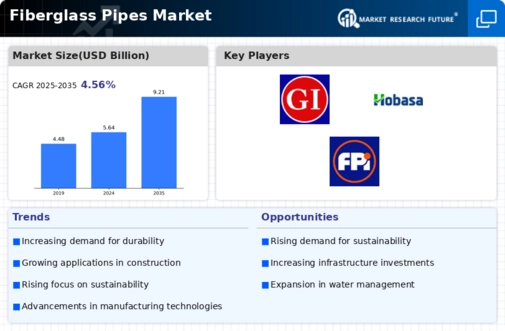
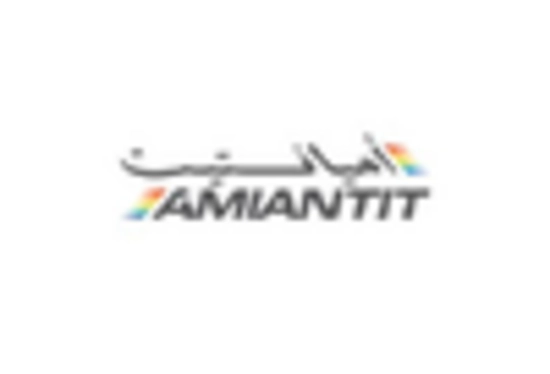
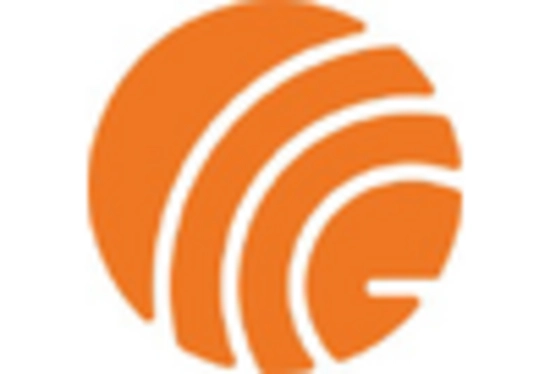
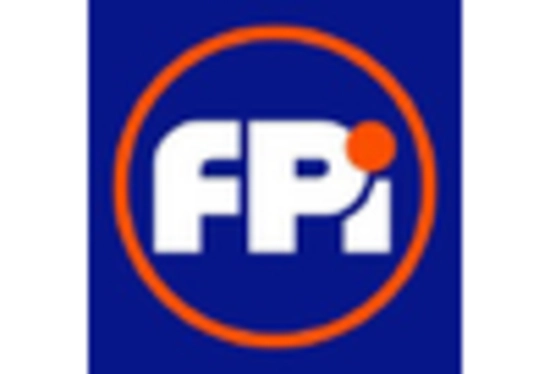
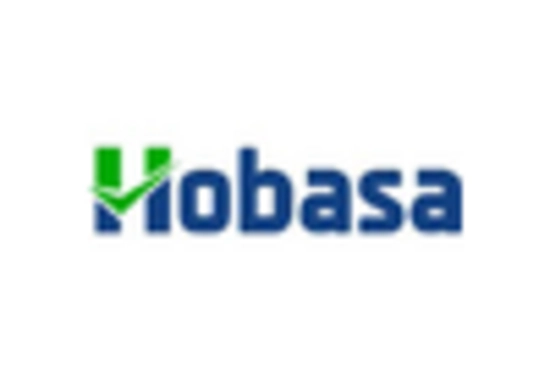
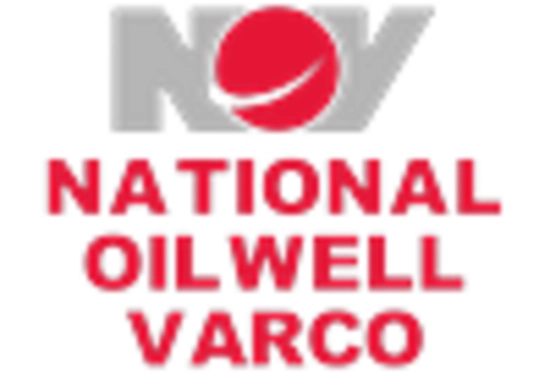
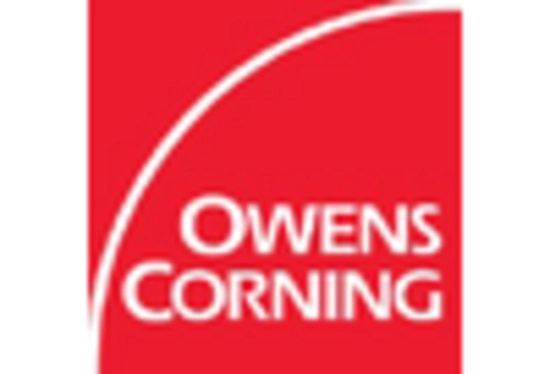









Leave a Comment